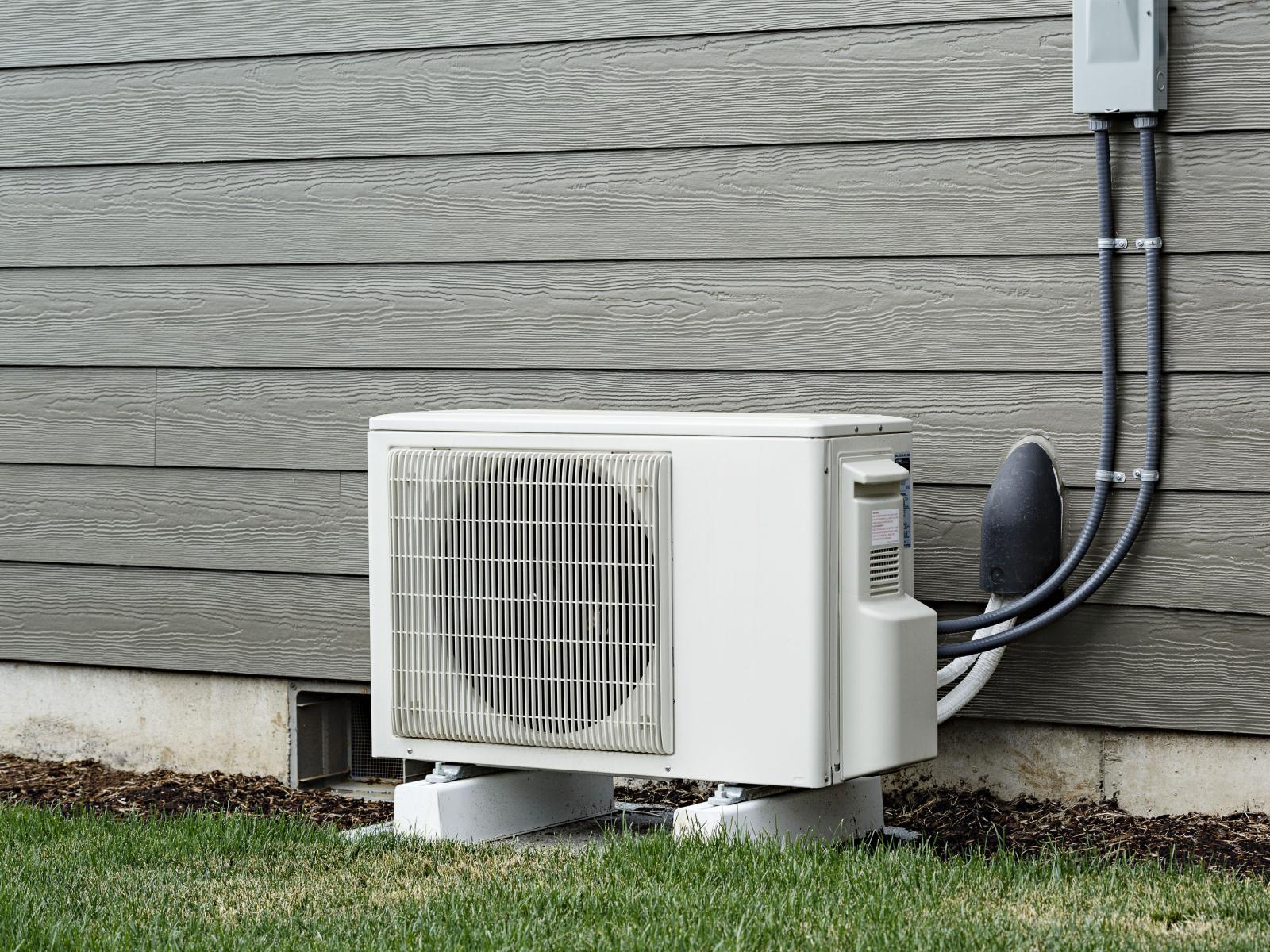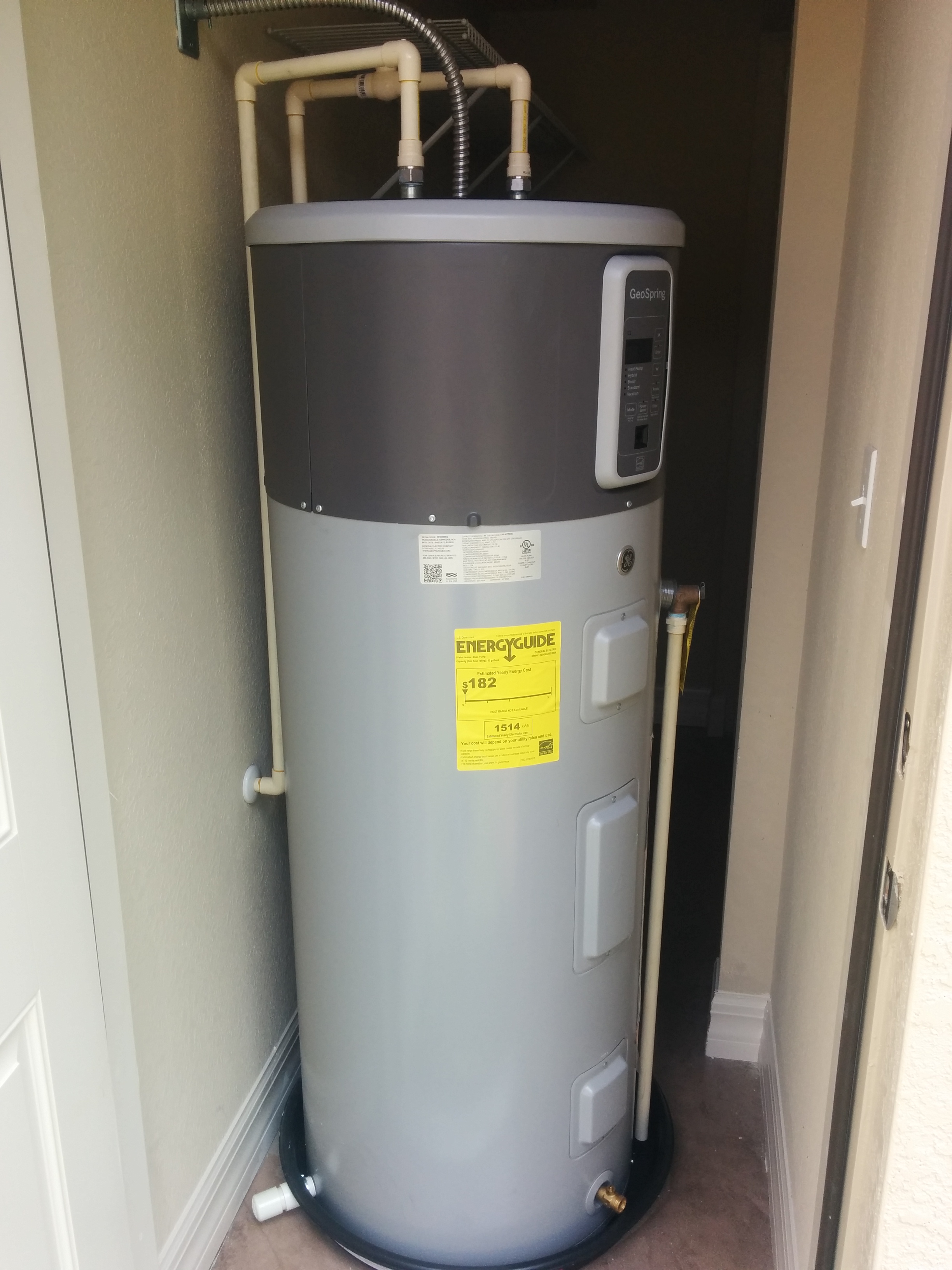Field Validation Partnership
Field Validation Partnership
Ensuring US leadership in heating, ventilation, and air conditioning (HVAC) and water heating technology research in residential and commercial buildings.

Ductless heat pump outside compressor
(Photo courtesy of Northwest Energy Efficiency Alliance)
Lab-Level Communications Priority Topics
Grid

